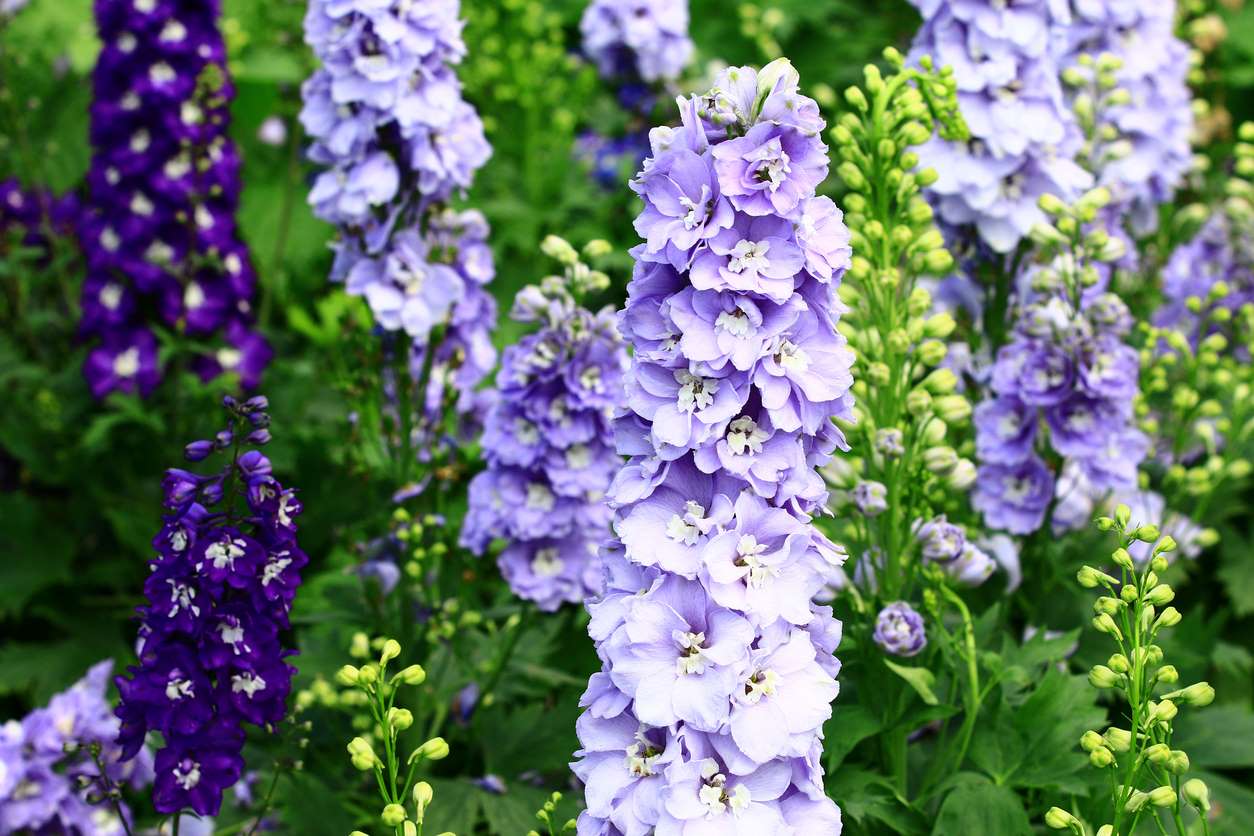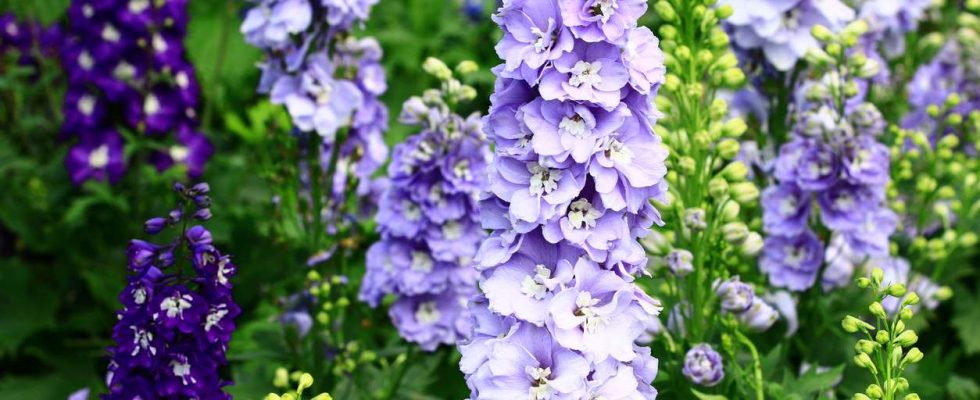
Differentiate between annual, biennial and perennial plants
Annual plants
When talking about annual plants, the term “annual” refers to their life cycle of only a few months during the same year. This means that they germinate, grow, produce flowers and fruit, and go to seed in just a few months, then they dry up and die.
This does not mean that they disappear permanently, because some of the seeds that have fallen on the ground can germinate spontaneously the following year. Sweet peas, sweet peas, petunias, among others, are annual plants.
Biennial plants
The life cycle of biennial plants is like that of annual plants, but it extends over two years. During the first year, the plant grows by producing only leaves and stores reserves to be able to produce flowers, then seeds during the second year. Pansies, forget-me-nots, among others, are biennial plants.
Perennial plant
Conversely, a perennial plant has a longer life cycle and, in the case of flowering plants, its production of flowers and seeds does not lead to its death. It can therefore be kept for several years provided it is rustic. You should know that certain perennials are cultivated as annuals, because they are frost-prone, they are ephemeral perennials.
In this case, the life cycle of the plant is not complete, but since it cannot tolerate the cold, it dies and you pull it out. However, if the perennial had been cultivated in suitable conditionsshe could have lived for several years.
What about the term “rustic”?
This term covers the ability of the plant to resist cold. We speak of a hardy plant when it can withstand temperatures down to -15°C. This hardiness depends on the species and varieties, whether the plant is annual, biennial or perennial.
Annuals, ephemeral plants
You understand, annual plants have a very short life cyclewhich earns them the name “ephemeral plants” unlike perennial plants which are also called “perennial plants”.
What we particularly appreciate about annual plants is their abundant flowering, as well as the fact that they can be reborn from their seeds the following year. These are ideal plants to complement areas in which you have planted perennials, shrubs or trees. In addition, they add a colorful touch to the garden throughout the seasons.
They are perfect for growing on a balcony, in flower beds, in a planter, along a driveway, etc.
How to cultivate them?
You can either buy annual plants at a garden center or obtain them by seed. Depending on the growing cycle and the hardiness of the chosen species, you can sow in open ground or under cover. Annuals can thus be classified into 3 categories:
Hardy annuals
They are the easiest to cultivate due to their resistance to cold. You can sow them directly in the ground from the end of March to the beginning of June. Even if the seeds tend to emerge quickly, the seedlings are able to withstand the last episodes of cold which are not uncommon at the beginning of spring.
Then, as temperatures rise and the soil warms, they will be able to grow and give you flowers quickly. Among them, we find poppies, cornflowers, marigolds, cosmos, nigella, flax, night roses, etc.
Semi-hardy annuals
For their part, Semi-hardy annuals need the soil to already be warmed to germinate. You must therefore wait until at least mid-April before sowing your seeds in the ground. If you want to benefit from earlier flowering, you can also sow your seeds in a warm place with a view to transplanting them in place as soon as all risk of frost has passed.
However, it should be noted that plants sown directly in the ground are generally more resistant. Among the semi-hardy annuals, we can cite zinnias, nasturtiums, ipomeas, immortelles, etc.
Non-hardy annuals
They are also called exotic annuals and have greater heat requirements: to germinate they need a temperature that remains between 15 and 20°C.
Some can be sown in warm weather from January, such as begonias, pelargoniums or dahlias. Others develop more quickly and can be sown between March and early April. This is the case for coleus, petunias, lobelias, rudbeckias, diascias, etc.

